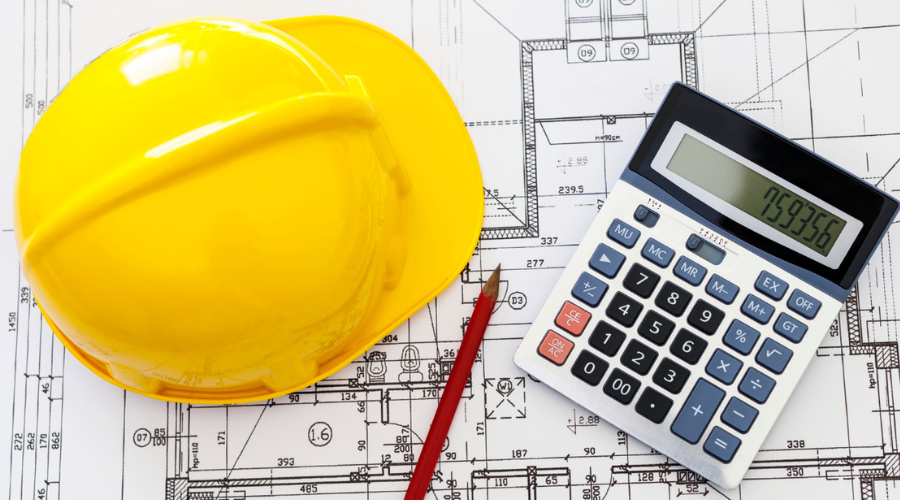
Accurate estimating is crucial for the success of any construction project.
A well-prepared estimate helps ensure that projects are completed on time, within budget, and to the client’s satisfaction. However, even experienced contractors and estimators can fall into common pitfalls that lead to inaccurate estimates, resulting in unexpected costs and project delays. In this blog, we’ll explore some of the most common estimating mistakes and provide practical tips on how to avoid them.
One of the most frequent mistakes in construction estimating is underestimating labor costs. This can happen when the complexity of tasks is underestimated, or when labor rates are not accurately calculated.
How to Avoid It:
- Detailed Scope of Work: Break down tasks into detailed components to better understand the time and skills required for each.
- Use Accurate Labor Rates: Make sure you’re using up-to-date labor rates, including overtime, benefits, and other associated costs.
- Consider Productivity Factors: Account for potential disruptions like weather, site conditions, or worker experience that might affect productivity.

1-. Overlooking Material Costs
Material costs are another area where errors can easily occur. This often happens due to fluctuating prices or failing to include all necessary materials in the estimate
- Use Updated Pricing
- Thorough Material Lists
- Account for Waste
2. Failing to Include Overhead and Indirect Costs
Overhead costs, such as insurance, equipment maintenance, and administrative expenses, are often overlooked or underestimated in project estimates.
- Include All Overhead Costs: Be sure to factor in all indirect costs, including those that may not seem directly related to the project.
- Use Historical Data: Analyze past projects to understand your overhead expenses better and use this data to inform your estimates.
- Breakdown Overhead Costs: Itemize overhead costs in your estimate to ensure each is adequately covered.

3 Inadequate Contingency Planning
Unexpected issues, such as design changes or unforeseen site conditions, can lead to increased costs. Without a contingency plan, these surprises can derail your budget.
How to Avoid It:
- Include a Contingency Allowance: Set aside a percentage of the total project cost (typically 5-10%) for contingencies.
- Identify Potential Risks: Conduct a risk assessment to identify possible challenges and include these in your contingency planning.
- Regularly Review and Adjust: As the project progresses, review your contingency budget and adjust if necessary.
4. Relying on Assumptions
Assumptions in estimates, such as assuming labor or material availability, can lead to significant issues if those assumptions prove incorrect.
How to Avoid It:
- Verify Information: Always verify critical information, such as material availability, labor schedules, and site conditions, rather than relying on assumptions.
- Document Assumptions: If assumptions are necessary, clearly document them and communicate them with all stakeholders to ensure alignment.
- Update Estimates: Adjust your estimates as new information becomes available, ensuring they remain accurate throughout the project.
Conclusion
Avoiding common estimating mistakes requires careful planning, attention to detail, and the use of accurate, up-to-date information. By taking proactive steps to address these potential pitfalls, you can create more reliable estimates, reduce the risk of budget overruns, and enhance your profitability on construction projects.
Whether you’re a seasoned contractor or new to the industry, understanding and avoiding these common estimating mistakes is key to your success. By applying these tips, you’ll be better equipped to deliver projects on time and within budget, ultimately leading to satisfied clients and a stronger reputation in the industry.
Company
We deliver exceptional consumer experiences across Arizona, Colorado, and New Mexico, offering accounting services, construction, and digital strategy. Our focus is on meaningful results and ensuring client satisfaction.
Contact Info
(480) 339-0108
24/7 Support for Your Business
Features
Most Recent Posts
- All Posts
- Accounting
- Consulting
- Estimating
- Human Resources
- Marketing
- Back
- Accounting
Explore Our Services
We specialize in Accounting, Estimating, Marketing, and HR services, offering solutions that drive business success and growth.



